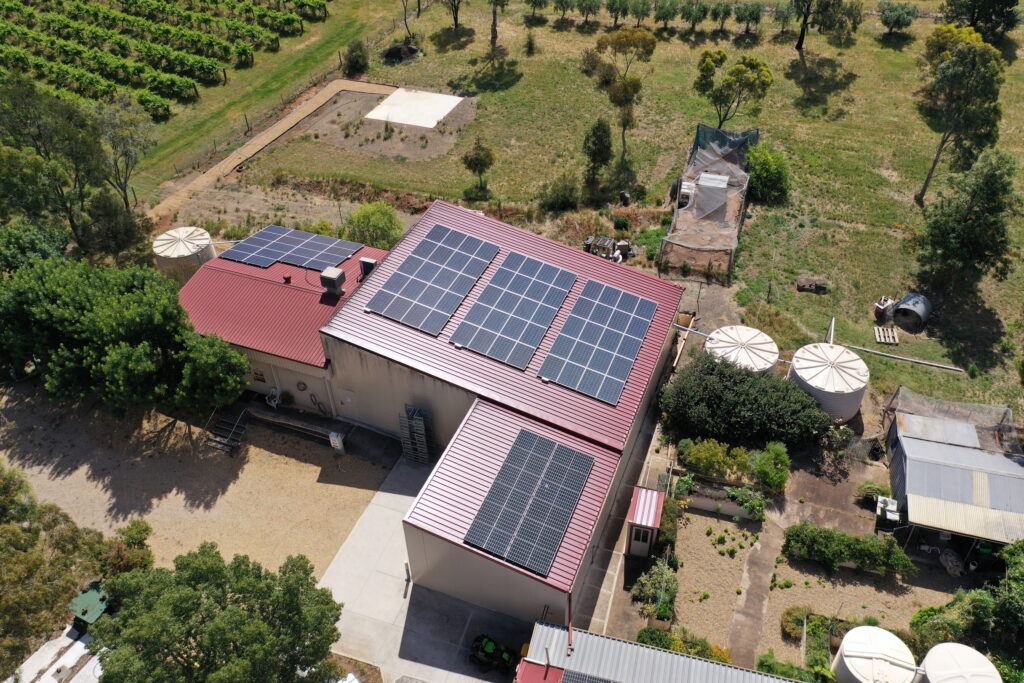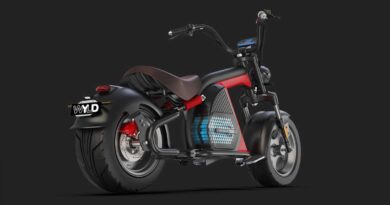Grid up! Regulation rewrite boosts bi-directional charging in Australia to enable V2G, V2H
Vehicle-to-home and vehicle-to-grid charging using electric vehicles as battery storage is set to finally get rolling in Australia.
The crucial change is a rewriting of the Australian Standards relating to inverters, including the bi-directional chargers that enable V2H and V2G charging.
That promises to make it easier and more affordable to use the high-voltage battery pack of an EV to power a house and an electric car and return electricity to the grid for profit.
Add solar rooftop power generation and a home owner could recharge an electric vehicle at no cost and then draw on that power to run their house.
READ MORE: V2G tech takes next step in Australia with Nissan Leaf making money from the grid
READ MORE: Nissan Leaf e+ driven: Bigger battery and V2G capability
READ MORE: V2G charging tech for Mitsubishi Outlander PHEVs back to MY17
READ MORE: The ultimate guide to buying an EV in Australia: This is everything you need to know
READ MORE: Why regional Australians could lead the EV V2G charge
The relevant Australian Standards are AS4777.1 and AS4777.2 dealing with the installation and performance of inverters.
The rewritten AS4777.2 is to be published in the third quarter of 2024 and the rewritten AS4777.1 before the end of the year.
While standards are voluntary, they are often adopted by state and federal governments and become mandatory.
According to an official statement from Standards Australia, a broad range of updates have been made to AS4777.1 and AS4777.2 to support the ongoing development of inverter energy systems, including solar and battery systems.

“The modifications have been developed in consultation with the EV industry and manufacturers of bi-directional chargers. This is to support the emergence of a range of bi-directional EV charging options in the Australian market,” the statement read.
At the moment bi-directional chargers are only permitted in South Australia and across some applications in WA, NSW and the ACT for the CHAdeMO charging plug used by a few Japanese vehicles.
The only bi-directional charger compliant with the current standards is the $10,000 Wallbox Quasar 1.
The standard as it was written was open to interpretation and resulted in bi-directional chargers not being approved and listed under what is now known as the New Energy Tech Consumer Code (NETCC).
That meant laborious negotiations with the many energy distribution networks in Australia to gain approval for bi-directional chargers.
“What the rule change does is get rid of all those ambiguities,” explained Tim Washington, CEO of EV charging technology provider JET Charge.
“And so if your unit is certified for 4777.2 it will be recognised by the regulatory body, it will get posted on the database and happy days everyone can install.
“That’s the thing it unlocks.
“It gets us on the radar of the global hardware manufacturers who say Australia is now a market they can go into.”

The new standards are expected to result in a wider range of lower priced bi-directional charges compatible with the more widely used CCS2 charging plug becoming available in Australia.
That in turn could encourage brands such as BMW, Ford and Renault that are investing in V2G overseas to bring the technology here.
Only a few vehicles currently offer V2G compatibility in Australia including the Nissan Leaf and Leaf+ BEVs and Mitsubishi Eclipse Cross and Outlander PHEVs.
Washington predicted bi-directional charging station pricing should settle around $6000-$7000 within three years and then further-out dip below $5000.
However, he cautioned there wouldn’t be a flood of bi-directional chargers hitting the Australian market once the standard is published.
“Most [bi-directional charger] manufacturers globally are still in testing phase with vehicle manufacturers,” he explained. “They are all proprietary systems.”
“If you want open source where any inverter works with any cars, that is going to take a bit longer.

“I expect the first prototype units to arrive this year and then mass market release next year.”
Washington predicted cheaper access to V2G would encourage more people to consider EVs for their next car purchase.
“I think it will basically contribute to someone’s decision to buy an EV,” he said. “If it’s the same price for a hybrid or an electric car … and the electric car is capable of powering your house then you are going to pick the EV.”




